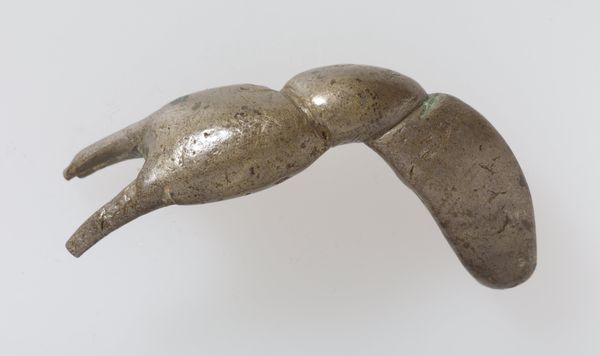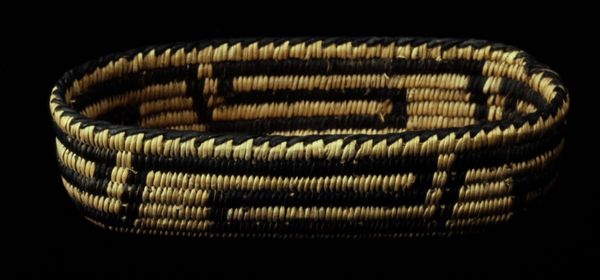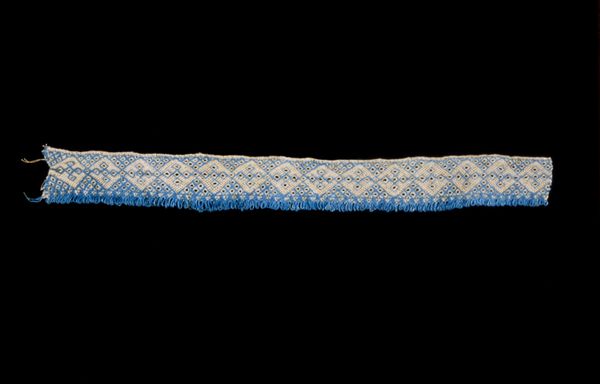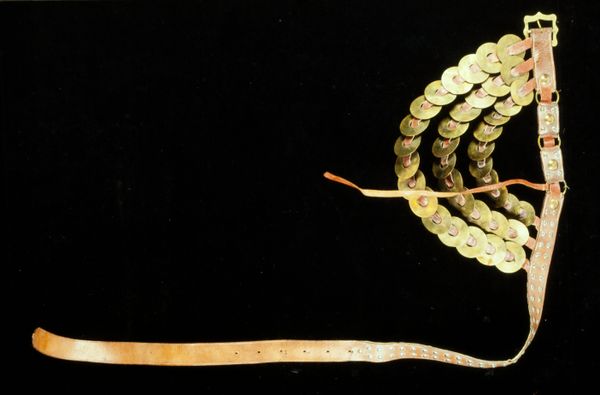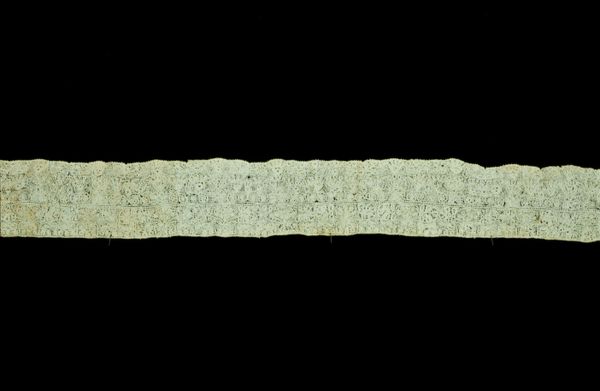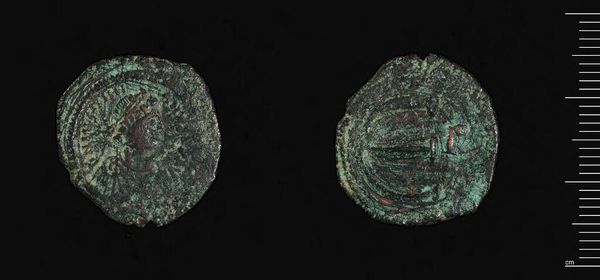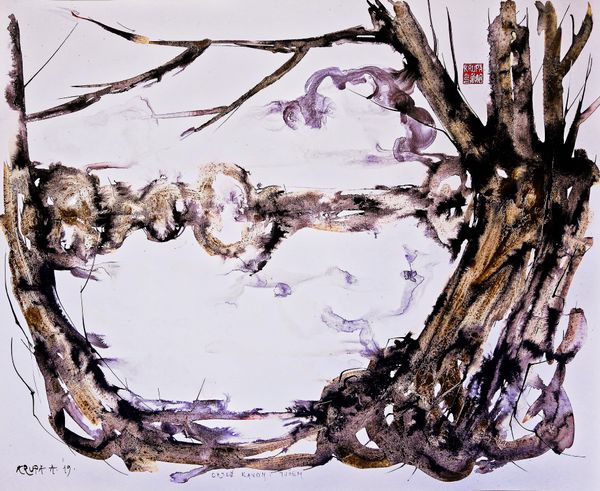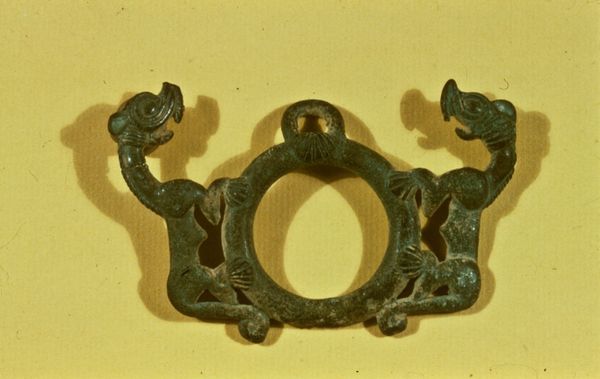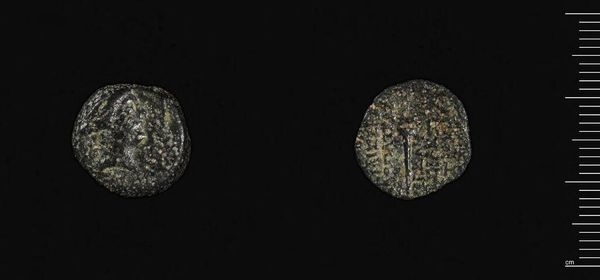
mosaic
#
mosaic
#
figuration
#
indigenous-americas
Copyright: Public domain
This striking mosaic of a double-headed serpent was crafted by Aztec artists sometime between 1300 and 1521. The dominant impression is one of undulating form and rich texture. Small turquoise tiles create a vibrant, blue-green surface, contrasting sharply with the red and white detailing around the serpent’s jaws. The serpent form, doubled, speaks to dualities inherent in Aztec cosmology. The careful arrangement of the tesserae—the small pieces of stone—suggests a complex interplay between surface appearance and underlying structure. We might consider this mosaic not just as representation but as a system of signs, where the serpent embodies concepts of life, death, and renewal. Consider how the symmetry and repetition invite viewers to contemplate broader symbolic implications. The mosaic presents a cultural artifact and a formal exploration of shape, color, and meaning.
Comments
No comments
Be the first to comment and join the conversation on the ultimate creative platform.
